What is Yerba Mate?
Yerba Mate is a traditional herbal drink from South America, made from the leaves of the Ilex paraguariensis plant. Unlike regular teas that come from the Camellia sinensis plant (such as green tea, black tea, and oolong), Yerba Mate belongs to the herbal group, like ginger, mint, and chamomile. It provides smooth energy and has a distinctive flavor.
The Components
Leaves
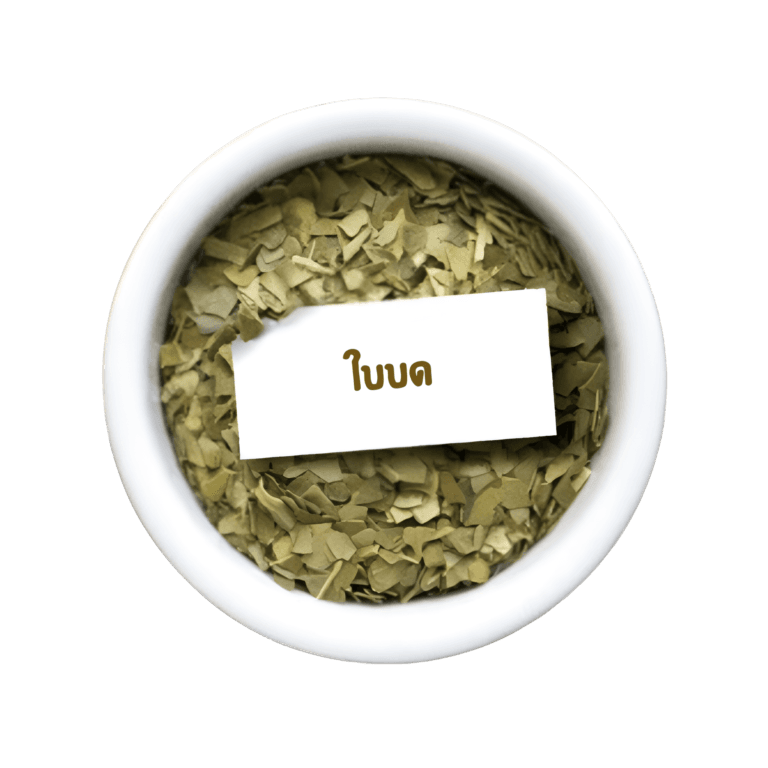
It's the main part that provides flavor and nutrients (vitamins, antioxidants, theobromine, and caffeine). The leaves can be large, medium, or finely ground, depending on the brand.
Stems
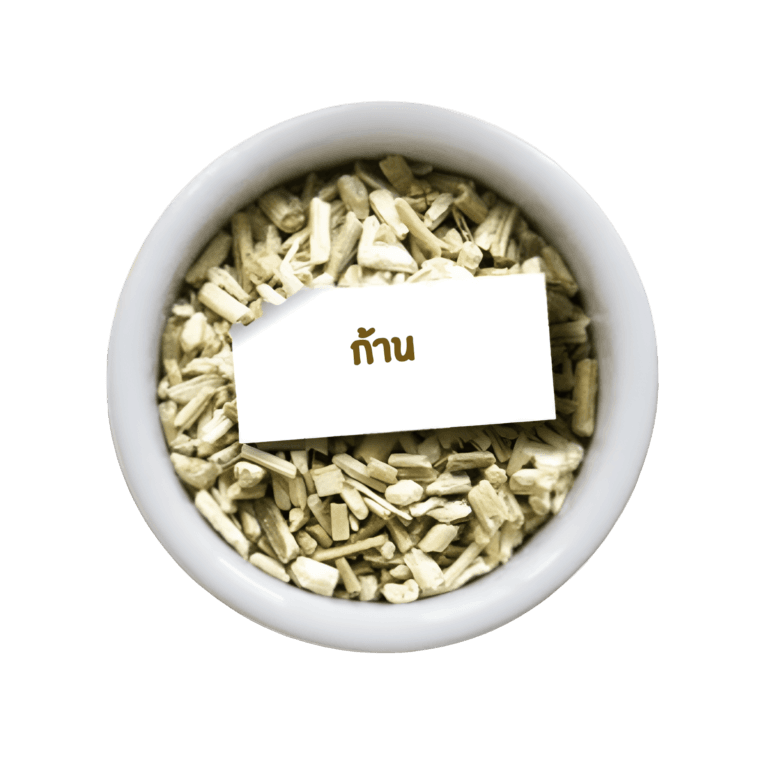
Some blends include stems from the yerba mate plant, which help balance the flavor, reduce bitterness, and add smoothness to the taste.
Powder
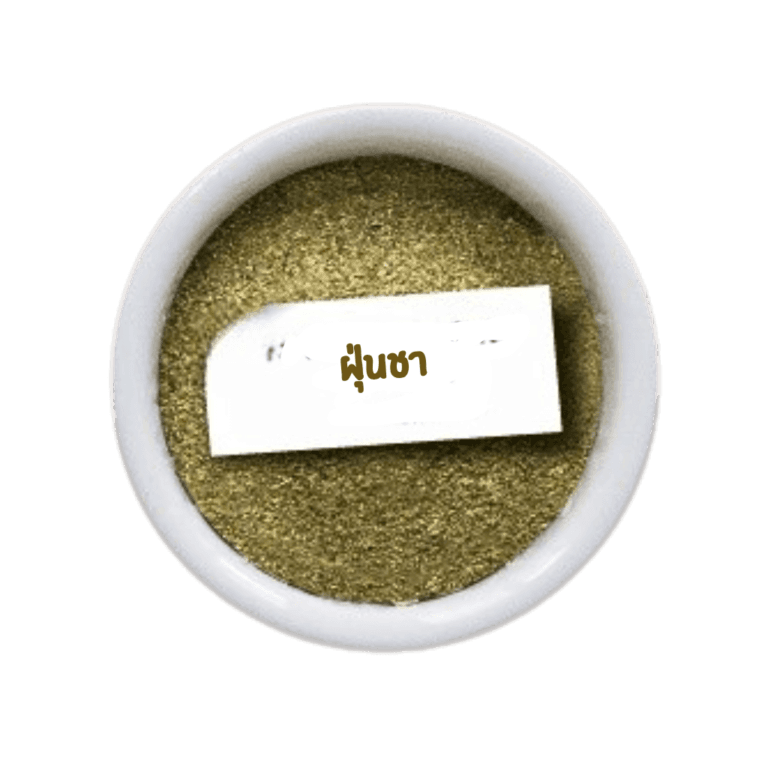
Finely ground yerba mate leaves, which enhance the intensity of the brew, giving it a fuller body and more complex flavor. It also helps form the "montañita" more easily during traditional preparation.
Where Yerba Mate Comes From?

Important note: In Uruguay, yerba mate grows naturally but is not commercially cultivated. For example, the popular Uruguayan brand Canarias actually sources and produces its yerba mate in Brazil through the company Baldo S.A before exporting it to Uruguay (Baldo S.A, Canarias) Similarly, brands in Syria, Lebanon, Chile, and the U.S. also use yerba mate sourced from Argentina, Brazil, and Paraguay.
Yerba Mate Culture

Yerba mate originates from the culture of the Guaraní people, who were the first indigenous group in South America to consume yerba mate leaves for energy and as a herbal medicine. The Guaraní people in the areas now known as Paraguay, Argentina, and Brazil were the first to harvest yerba mate and turn it into a drink, which they consumed through a straw using a hollowed-out gourd as a container. Later, Spanish colonizers embraced this tradition and spread the culture, leading to its widespread consumption.
Yerba mate plays an important role in South American culture, influencing daily life. It is a drink that helps bring family members together and is used for socializing. Sharing yerba mate is a symbol of friendship and a welcoming gesture for guests. Drinking yerba mate in Argentina, Uruguay, Paraguay, and southern Brazil is not just a trend, but a way of life.
In recent years, yerba mate has gained popularity worldwide, with celebrities and athletes like Messi and Luis Suárez regularly seen drinking it. Being called the 'natural energy drink' has made yerba mate popular among health enthusiasts and fitness lovers around the world.

Manufacturing Process of Yerba Mate
Like other types of tea, yerba mate undergoes a variety of production processes to achieve the best taste and quality. However, not all brands follow the same production steps. Each brand has different methods for drying, aging, grinding, and mixing proportions. If you'd like to learn more about the differences in production among various brands, you can read more in our reviews page.

Tarefa (Harvest)
Yerba Mate is harvested after being cultivated for 3-4 years, with the harvesting season occurring during the months of April to September which is when the leaves are fully grown.
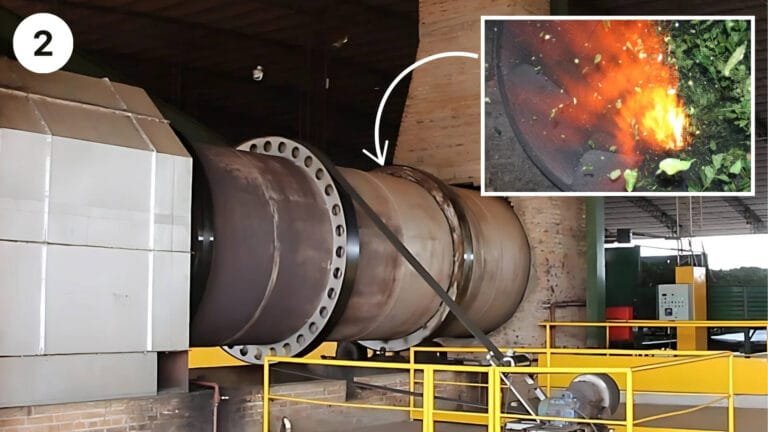
Sapecado (Quick Drying)
The freshly harvested leaves (within 24 hours) are subjected to high heat in a rotating heat chamber at temperatures of 400-600°C for about 20 seconds, which helps remove 80% of the moisture and stops the fermentation process, preserving the green color of the leaves, and retaining the nutrients.

Secado (Final Drying)
Yerba mate will be further dried inside a drying room (without smoke) at temperatures of 100-120°C for 1-6 hours, this will reduce the moisture content by 95%. Some factories use another drying technique called barbacuá (smoked), where the leaves are smoked and exposed to heat from the fire for 12-24 hours. However, this method is not commonly used anymore due to its high cost. We will explain more about smoke-drying and a group of substances called PAHs (polycyclic aromatic hydrocarbons)—which can form during this process and may be harmful to health—on the health page.
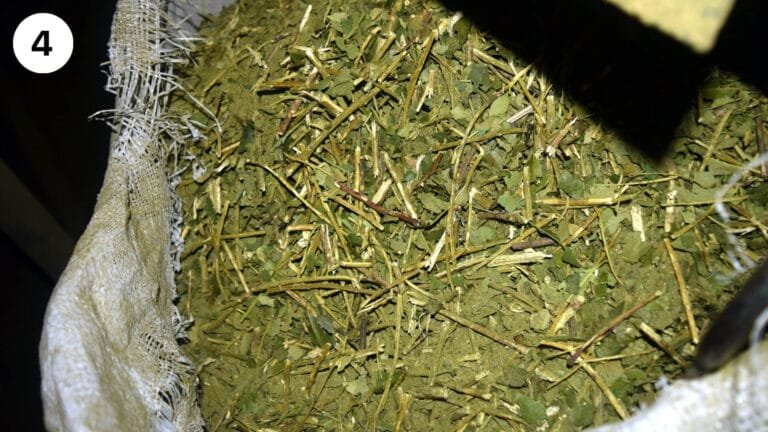
Canchado (Grinding)
The dry tea leaves are coarsely ground and packed into large sacks to make storage and transportation to the aging room easier.
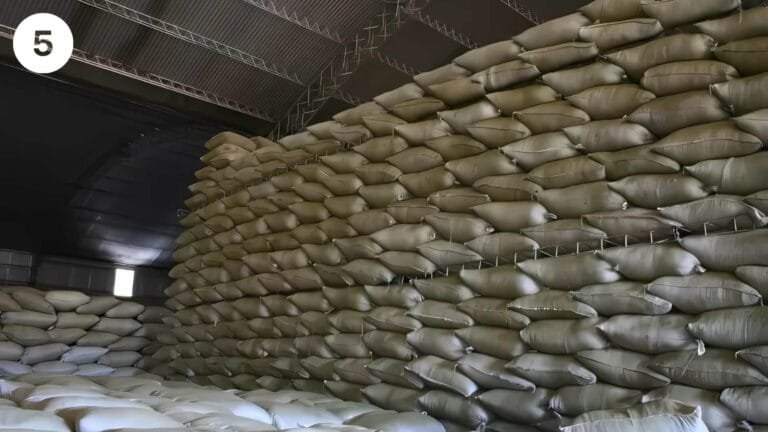
Estacionamiento (Aging)
The dried yerba mate will be aged in a room with controlled temperature and humidity for 8-24 months to achieve a smoother and more complex flavor, while also enhancing the aroma of the tea.
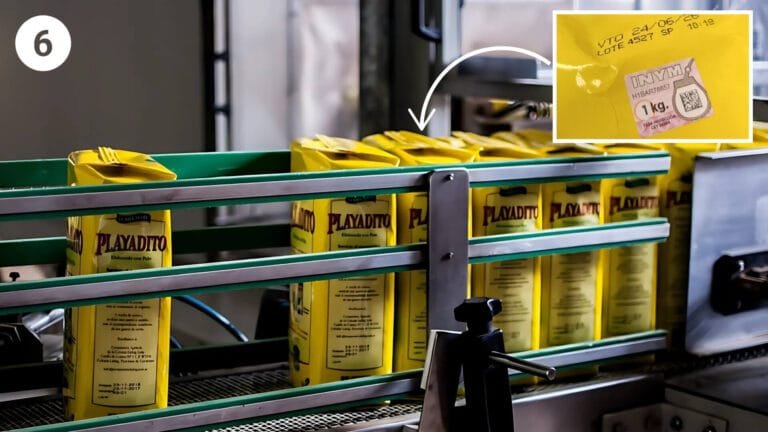
Blending and Packaging
After aging, the yerba mate is ground into various sizes. Then, each part of the tea (leaves, stems, dust) is blended according to the specific formula of each brand. It is then packed into sealed containers or paper bags of 250g, 500g, 1kg, or 2kg.
Important note: authentic yerba mate brands from Argentina must have a Sticker with the INYM logo on the packaging.
What are the benefits of Yerba Mate?

Increase
Focus
With caffeine and theobromine in every sip

Enhance
Performance
A unique combination of electrolytes and stimulants

Reduce
Appetite
By increasing GLP-1, a hunger controlling hormone

Improve
Immunity
High in Antioxidants like Green Tea
Yerba mate is high in antioxidants, similar to green tea. It also contains caffeine as well as theobromine, the same compound found in chocolate, which has positive effects on the mind and helps reduce stress. These nutrients, all found in yerba mate, make it a health-boosting energy drink that can serve as an alternative to coffee or regular tea.
However, like other caffeinated beverages, we should consume it in moderation. Excessive consumption may lead to side effects such as anxiety, heartburn, or stomach discomfort.
Yerba mate does not contain opiates and is not classified as a harmful drug. The only substance in yerba mate that may lead to addiction is caffeine. Consuming large amounts of caffeine over an extended period may result in caffeine addiction.
Another concern for many people is the use of the smoking production method, which is believed to produce PAH (polycyclic aromatic hydrocarbons), compounds that are linked to an increased risk of cancer. For those concerned about this, more information can be found in the link below, which includes both the benefits and risks of consuming yerba mate.
How-to Drink
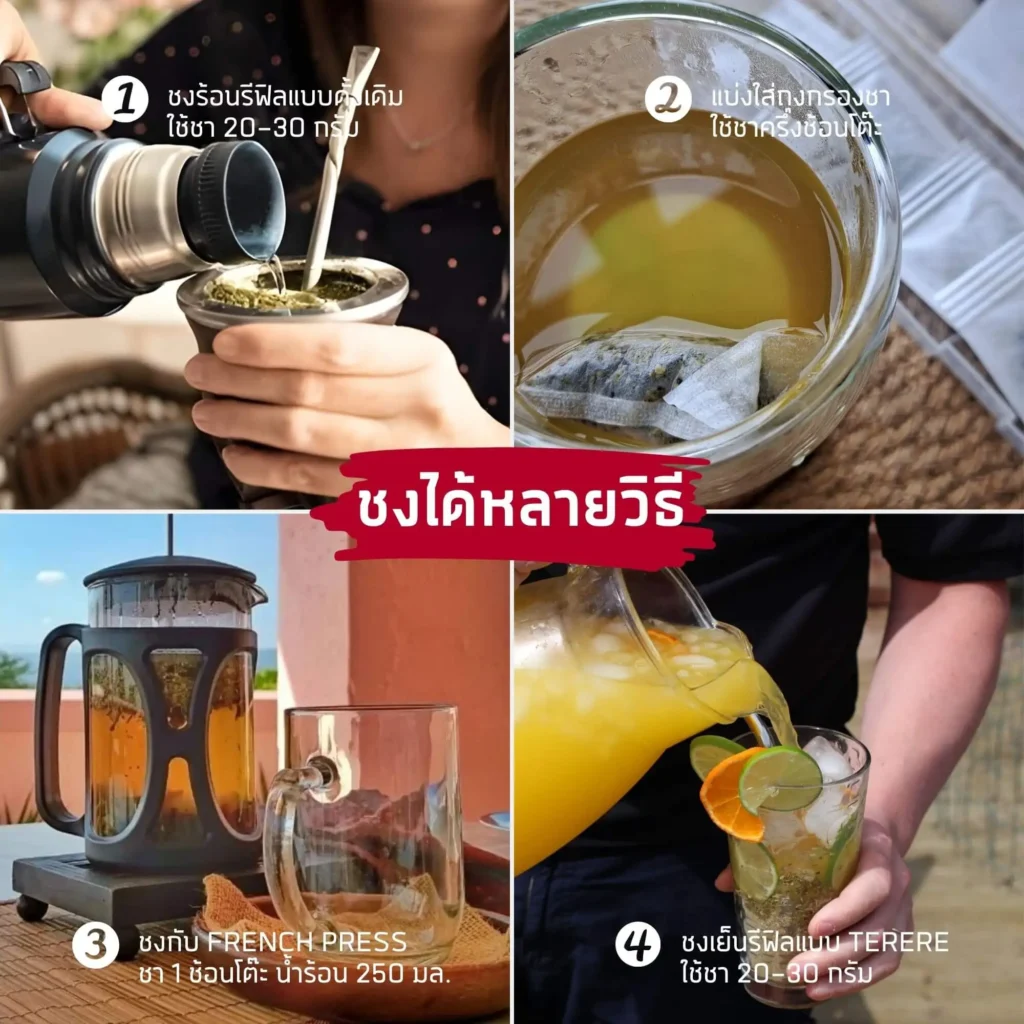
Yerba mate can be brewed in various ways. For beginners, it's recommended to try drinking it like regular tea by putting 5 grams of yerba mate into a tea strainer and steeping it in hot water to get used to the taste and caffeine content. However, if you want to brew it in the traditional way, you can follow the steps in the video below or click to see different brewing methods at the bottom of the clip.
Which brand should I choose?

Yerba mate comes in various brands, and each brand has its differences, including flavor, grind, and drying method. Some have a mild and smooth taste, while others are strong and intense. It's recommended to try different ones and experiment to find the one that suits you.
Tips for beginners:
- Try the yerba mate with stems (con palo) first: yerba mate with mixed stems has a milder taste compared to the pure leaf version.
- Start with Argentine brands: they have larger leaves, they tend to have a milder flavor.
- For your first time try using tea bags or a small amount to begin with.
- Watch the water temperature: you should use water that’s only 70-75°C. If the water is too hot, the tea will become more bitter and could burn your mouth.
You can read the details of each brand in our review page or, if you're ready to try, you can go ahead and check our store.
